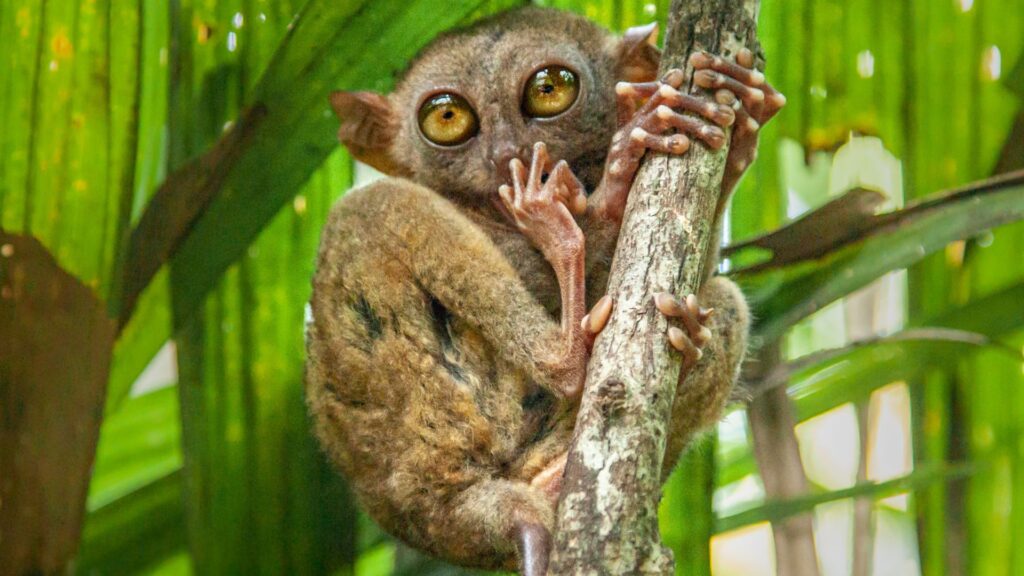Empowering Local Communities: The Social Benefits of Ecosystem Restoration
Ecosystem restoration is often framed in terms of its environmental impact—protecting biodiversity, reducing carbon emissions, and enhancing soil health. However, one of its most transformative yet overlooked aspects is its ability to empower local communities. When restoration projects actively involve local populations, they provide economic opportunities, strengthen social bonds, and improve overall well-being. For more insights on ecosystem restoration, check out our Knowledge Hub. Boosting Economic Opportunities One of the most immediate benefits of ecosystem restoration is job creation. Reforestation, mangrove restoration, and conservation initiatives require skilled and unskilled labor, offering employment to local populations. These jobs range from tree planting and forest management to ecotourism and sustainable agriculture. In regions like the Osa Peninsula in Costa Rica and Madre de Dios in Peru, reforestation projects provide stable income for families, reducing urban migration and preserving cultural traditions linked to the land. Beyond direct employment, restoration fosters sustainable enterprises. Local artisans benefit from sustainably harvested materials, while eco-tourism businesses thrive as revitalized landscapes attract visitors interested in nature-based experiences. By investing in restoration, communities diversify their economies and build long-term financial stability. Learn how you can contribute by planting a tree through our Forest Restoration Programs and Certifications for Businesses. Participant Businesses or organizations that engage in ecosystem restoration through a small-scale initiative. Partner Businesses or organizations committed to actively participating in long-term initiatives for ecosystem restoration Accelerator Businesses or organizations connecting their operations directly with ecosystem restoration initiatives. Strengthening Social Bonds and Resilience Restoration projects require collaboration among community members, NGOs, governments, and businesses, fostering a shared sense of responsibility and collective action. When communities unite around a common environmental goal, they build trust and resilience against challenges such as climate change and economic hardship. Traditional ecological knowledge also plays a crucial role. Indigenous communities and local populations possess valuable insights into native species, ecosystem interactions, and sustainable land management. Integrating this knowledge enhances restoration projects while preserving cultural heritage and promoting self-determination. Ecosystem restoration aligns with the global efforts under the UN Decade on Ecosystem Restoration. Enhancing Public Health and Well-being Healthy ecosystems directly contribute to public health. Reforestation filters air pollutants, reducing respiratory diseases. Wetland restoration improves water quality, lowering the risk of waterborne illnesses. Green spaces also provide psychological and recreational benefits, reducing stress and enhancing mental health. Additionally, restored ecosystems support food security through sustainable agriculture and agroforestry. By revitalizing degraded lands, communities can cultivate medicinal plants, fruits, and crops, ensuring better nutrition and economic self-sufficiency. Learn more about agroforestry and food security from the FAO. Case Studies: Community-Driven Restoration Success Stories Kuoda Travel, Peru: A leader in sustainable and regenerative tourism, Kuoda Travel has obtained Climate Positive Certification, demonstrating its commitment to ecosystem restoration and carbon offsetting. By incorporating conservation initiatives into its travel experiences, Kuoda supports local reforestation efforts, helping communities in Peru regenerate degraded landscapes. Through its partnership with environmental organizations, the company ensures that tourism actively contributes to biodiversity preservation and local economic growth. Read more about their sustainability journey here. Costa Rica’s Osa Peninsula: Home to 2.5% of the world’s terrestrial biodiversity, this region has seen a surge in community-led conservation projects. By integrating reforestation with ecotourism and sustainable agriculture, local communities have created economic opportunities while restoring critical habitats. Madre de Dios, Peru: Known as Peru’s biodiversity capital, this region has benefited from forest restoration projects engaging local farmers in agroforestry. By blending native tree planting with cacao and coffee cultivation, these initiatives provide income stability while promoting sustainable land use. Track deforestation and restoration efforts through Global Forest Watch. Conclusion Ecosystem restoration is about more than just nature—it’s about people. When designed with local communities at the core, these projects become catalysts for economic empowerment, social cohesion, and improved well-being. Supporting restoration efforts is not only an investment in the environment but also in the future of communities worldwide. By empowering people, we ensure the long-term success of conservation initiatives and create a healthier, more sustainable planet for all. Discover how businesses can achieve sustainability goals with our climate and nature certifications. Be Part of the Global Reforestation Movement! 🌱🌍 Planting trees isn’t just about numbers—it’s about choosing the right species in the right locations. At Forest Friends, we focus on eco-friendly reforestation that benefits people and the planet. 🌿 Join the movement! Visit the Forest Friends Shop and plant a native tree today. Why Protecting Cloud Forests and Other Ecosystems Matters Cloud forests and other vital habitats, like Tambopata, are not just treasures for those who visit—they are lifelines for the planet. Protecting these ecosystems ensures the survival of countless species, sustains freshwater supplies for millions of people, and helps combat climate change. Ecotourism can strike a delicate balance between human interaction and preservation, fostering appreciation and resources for conservation. By visiting responsibly, travelers contribute to a global effort to protect these irreplaceable environments. Whether it’s walking amidst ancient trees shrouded in mist or cruising along the Amazonian waterways, the experience is a humbling reminder of the planet’s wonders—and our role in safeguarding them. So, pack your hiking boots, your curiosity, and your commitment to sustainability, and let the magic of cloud forests and the Tambopata rainforest transform the way you see the natural world. With partners like Tulu Travel, Swetours, and CEPA, your journey will not only inspire but also contribute to the preservation of our planet’s most extraordinary places.
Empowering Local Communities: The Social Benefits of Ecosystem Restoration Read More »


